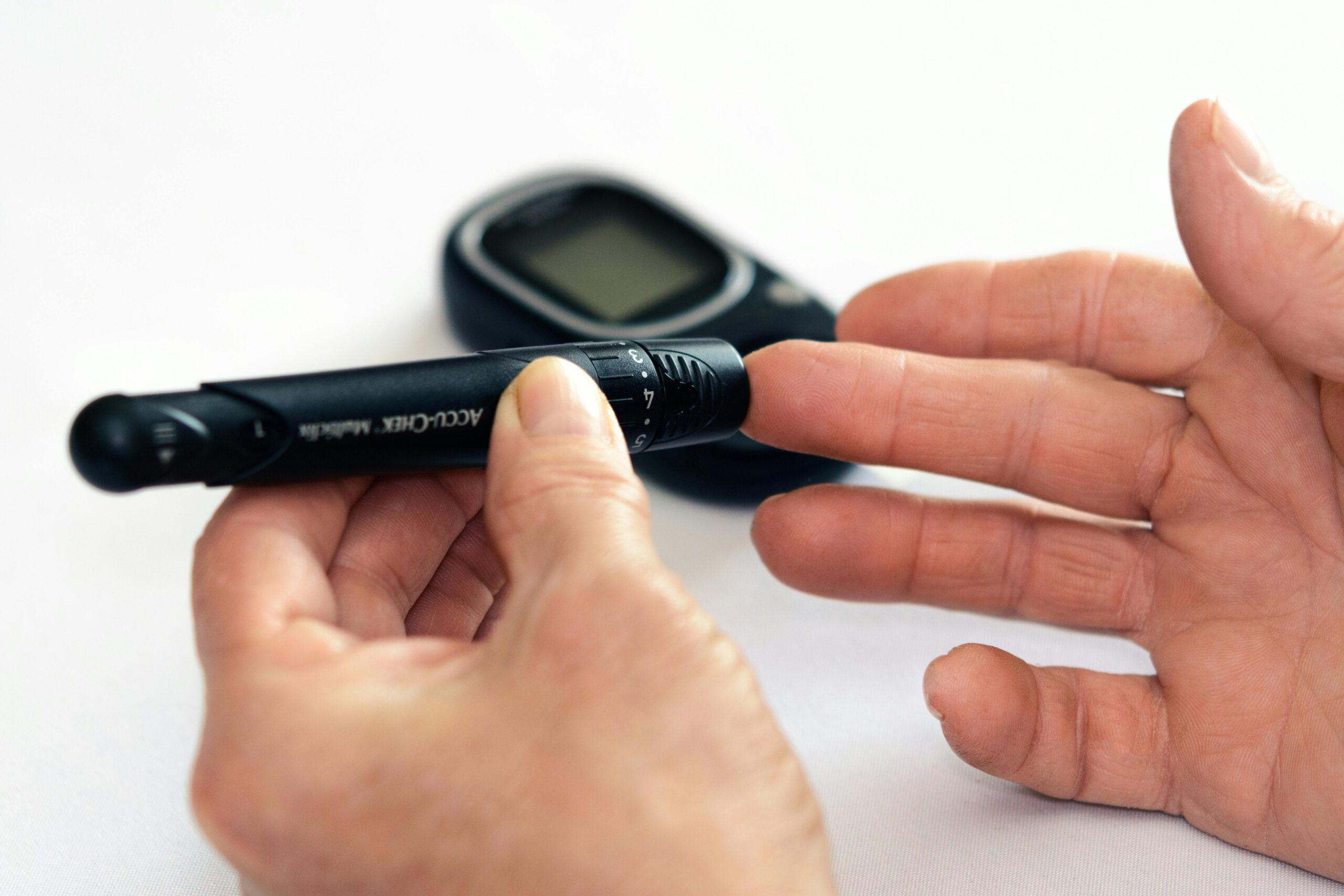Understanding Diabetes: A path from Causing to Healing
On Diabetes Awareness Day, explore the causes, types, symptoms, and prevention of diabetes—a chronic condition affecting millions worldwide. Learn how lifestyle changes, early detection, and awareness can help manage and even prevent diabetes for a healthier future.
- Concept Editor

Today, on Diabetes Awareness Day we take a pause to recognize a condition that affects millions of people around the world. Diabetes is more than just a number because it’s a serious health problem that impacts everyday life. If you’re the one suffering from this or you know someone who is suffering from this or wanted to know about Diabetes, then this day is for you.
What is Diabetes?
- Diabetes mellitus refers to the range of conditions that affects the ability of managing blood sugar levels. Glucose plays an important role, as a primary energy source for cells throughout the body, including those in muscles, tissues, and the brain. When this balance is disturbed, it can lead to significant health issues.
The Basic of Diabetes
- Diabetes affects how the body regulates blood glucose level, and this imbalance can have severe consequences. Here’s a breakdown of the different forms of diabetes:
- Type 1 Diabetes: An autoimmune condition where the immune system mistakenly attacks the insulin producing cell in your pancreas. This results in little to no insulin production, necessitating lifelong insulin therapy.
- Type 2 Diabetes: This form of Diabetes is often linked with lifestyle factors and genetic problems. In this type of diabetes, the body either doesn’t produce sufficient insulin or the cells become resistant to insulin, leading to elevated blood sugar levels. While it can affect to adults, but it can also occur in children.
- Prediabetes: This type of diabetes occurs before Type 2 Diabetes. In this type of diabetes your blood glucose level is higher than normal but not high enough to be diagnosed with Type 2.
- Gestational Diabetes: Occurs during pregnancy and typically resolves after childbirth. However, it poses risks for both the mother and baby and increases the likelihood of developing Type 2 diabetes later in life.
Symptoms
- The symptoms of diabetes vary depending on the type and how elevated your blood sugar levels. In contrast, Type 1 diabetes often presents with rapid and pronounced symptoms.
Common symptoms of Diabetes
Here are some common symptoms of Diabetes that might indicate diabetes, whether it’s Type 1 or Type 2:
- Increased Thirst: A feeling of drinking a lot of water and a dry mouth
- Frequent Urination: Regularly needing to urinate, often more than usual.
- Unexplained Weight Loss: Lossing weight without following any strict diet or Exercise.
- Fatigue and Weakness: Felling usually tired or weak
- Mood Changes: Experiencing irritability or other significant mood swings.
- Blurred Vision: Difficulty seeing clearly or experiencing blurred vision.
- Slow-Healing Sores: Cuts or sores that take longer to heal than usual.
- Frequent Infections: Increased of Infections such as those affecting the gums, skin, or genital areas.
Causes of Diabetes
- Diabetes results from an excess of glucose in the bloodstream, but the underlying causes vary depending on the type of diabetes. Here’s a closer look at the different factors that contribute to high blood glucose levels:
Causes of diabetes include:
- Insulin Resistance:
Type 2 Diabetes mainly occurs from insulin resistance, where cells in the muscles, fat, and liver fail to respond properly to insulin. Insulin resistance is influenced by several factors and conditions, including obesity, physical inactivity, diet, hormonal imbalances, genetics, and certain medications.
- Autoimmune:
Type 1 Diabetes and LADA (Latent Autoimmune Diabetes in Adults): These forms of diabetes occur when the immune system mistakenly attacks and destroys the insulin-producing cells in the pancreas, leading to insufficient insulin production.
- Hormonal Imbalances:
Gestational Diabetes: During pregnancy, hormones released by the placenta can create insulin resistance. If the pancreas cannot produce enough insulin to counteract this resistance, gestational diabetes can develop.
- Pancreatic Damage:
Type 3c Diabetes: Damage to the pancreas from conditions such as pancreatitis, pancreatic cancer, or surgical removal of part of the pancreas can impair its ability to produce insulin.
- Genetic Mutations
MODY (Maturity-Onset Diabetes of the Young) and Neonatal Diabetes: Certain genetic mutations can affect insulin production or function, leading to these rare forms of diabetes.
How can we Prevent Diabetes?
For those at risk or living with diabetes, prevention and management strategies can make a significant difference:
- Healthy Eating: A balanced diet rich in vegetables, whole grains, lean proteins, and healthy fats helps regulate blood sugar levels.
- Regular Exercise: Physical activity helps maintain a healthy weight and improves insulin sensitivity.
- Monitoring Blood Sugar: Regular monitoring helps keep blood sugar levels in check and allows for timely adjustments to diet or medication.
Conclusion
On Diabetes Awareness Day, we recognize the significant impact diabetes has worldwide. By understanding its types, symptoms, causes, and management, we can make strides in prevention and care. Embracing healthy habits, monitoring blood sugar, are key to improving life for those affected. Let’s keep raising awareness, supporting research, and building a compassionate community.
References
- World Health organization: Diabetes (who.int)
- National Institude of Diabetes and Digestive and Kidney Disease: What Is Diabetes? – NIDDK (nih.gov)
- Clevelandclinic: Diabetes: What It Is, Causes, Symptoms, Treatment & Types (clevelandclinic.org)
- MayoClinic: Diabetes – Symptoms and causes – testing title (mayoclinic.org)
- Healthline: Diabetes: Symptoms, Causes, Treatment, Prevention, and More (healthline.com)
You may also like

5 min


